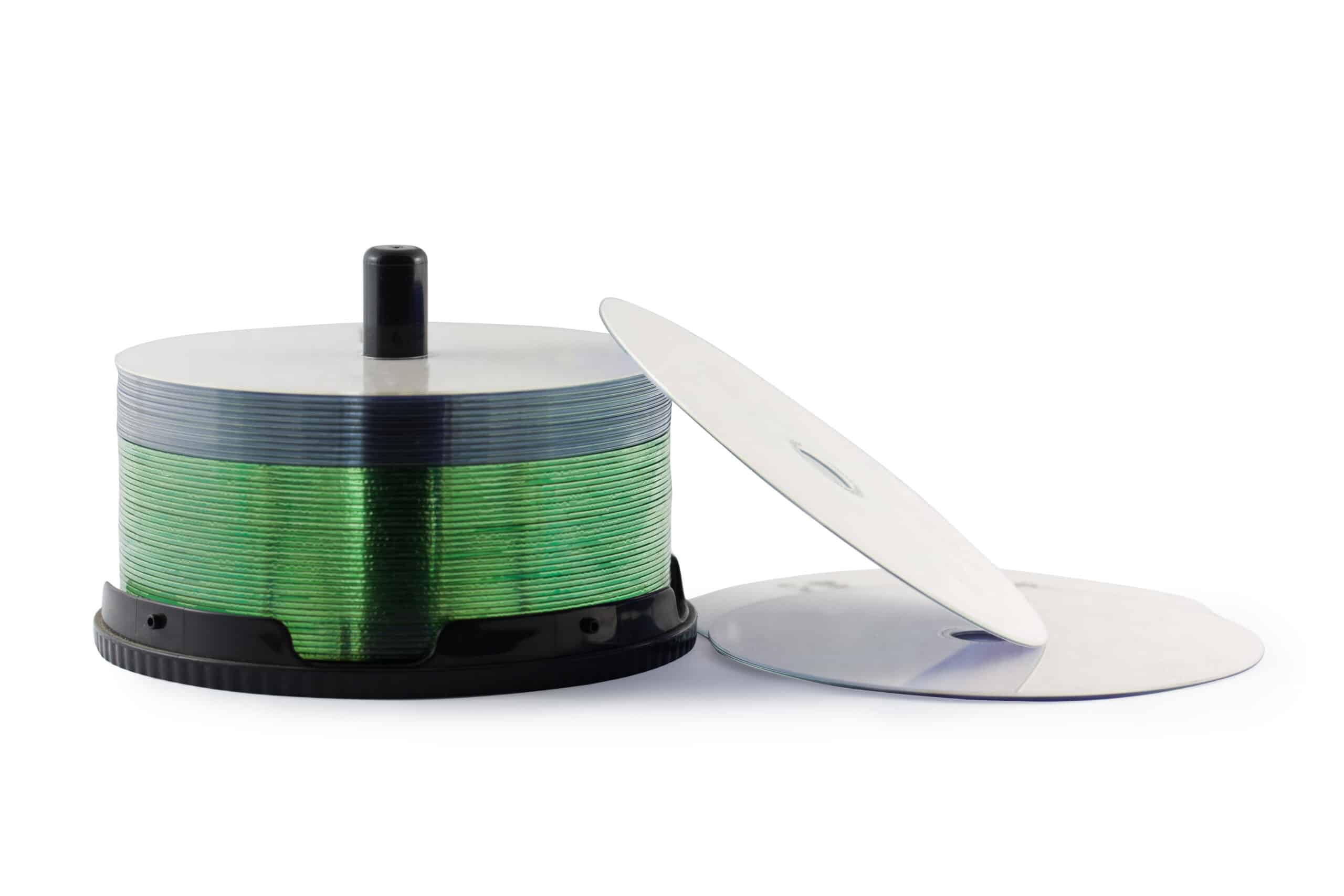Is 100 yards of fishing line enough?
Key Takeaways
- In most recreational fishing situations, 100 yards of fishing line is considered sufficient.
- Deep-sea fishing often requires a longer fishing line to handle larger and more powerful fish.
- Specific fishing scenarios may require different line lengths, such as shorter lines for bass fishing in dense cover or small water bodies, medium-length lines for trout fishing in streams and rivers, and longer lines for surf fishing and casting long distances.
When it comes to fishing, having the right equipment is crucial for a successful and enjoyable experience. One important consideration is the length of fishing line you should use. In this article, we will explore whether 100 yards of fishing line is enough for various fishing situations.
General Fishing Situations
In most recreational fishing situations, 100 yards of fishing line is considered sufficient. This length allows for casting a reasonable distance and provides enough line to handle potential fights with fish. However, it is important to note that the specific fishing conditions and target species may require more or less line.
Deep-Sea Fishing
While 100 yards of fishing line may be enough for most recreational fishing, it may not be sufficient for deep-sea fishing. Deep-sea fishing often involves targeting larger and more powerful fish that can take long runs and put up a strong fight. In these situations, it is recommended to use a longer fishing line to ensure you have enough line to handle the fish’s movements.
Specific Fishing Scenarios
Different fishing scenarios may require varying lengths of fishing line. Let’s explore some specific scenarios:
Bass Fishing in Dense Cover or Small Water Bodies
When fishing for bass in dense cover or small water bodies, shorter fishing lines are recommended. These lines provide better control and maneuverability in tight spaces. A 100-yard line may be excessive in such situations, and a shorter line would suffice.
Trout Fishing in Streams and Rivers
For trout fishing in streams and rivers, a medium-length fishing line is suitable. These lines allow for casting in different areas of the water body and provide enough line to handle the fish’s movements. However, it is important to consider the specific characteristics of the stream or river and adjust the line length accordingly.
Surf Fishing and Casting Long Distances
Surf fishing and casting long distances require longer fishing lines. These scenarios often involve targeting fish further away from the shoreline, and a longer line is necessary to reach them. A 100-yard line may be sufficient for some surf fishing situations, but it is advisable to use a longer line if you intend to cast even farther.
Conclusion
In conclusion, 100 yards of fishing line is generally enough for most recreational fishing situations. However, it is essential to consider the specific fishing conditions, target species, and fishing scenario when determining the appropriate line length. Deep-sea fishing, bass fishing in dense cover or small water bodies, trout fishing in streams and rivers, and surf fishing may require different line lengths. It is always best to assess the fishing conditions and adjust the line length accordingly to ensure an optimal fishing experience.
Related Websites:
FAQs:
Q: Why is fishing line important in bass fishing?
Fishing line is crucial in bass fishing as it serves as a direct connection between the angler and the fish. It is responsible for transmitting the angler’s movements and actions to the bait, allowing for accurate presentation and control.
Q: What are the different types of fishing line available for bass fishing?
There are three main types of fishing line commonly used in bass fishing: monofilament, fluorocarbon, and braided. Monofilament is versatile and affordable. Fluorocarbon is invisible underwater and has low stretch. Braided line offers high strength and sensitivity.
Q: How does the fishing environment impact the required amount of fishing line?
The fishing environment, including factors like the size of the lake or river, the presence of structures, and the depth of the water, can influence the required amount of fishing line. Larger bodies of water may require more line, while structures and shallow waters may require less.
Q: What is the ideal length of fishing line for different fishing techniques?
The ideal length of fishing line varies depending on the fishing technique. For casting, a longer line may be preferred for increased casting distance. Trolling often requires a specific line length based on the desired depth. Finesse techniques may require shorter lines for better sensitivity and control.
Q: Why is it important to carry extra fishing line on fishing trips?
Carrying extra fishing line on fishing trips is crucial in case of line breakage, damage, or if the line needs replacement due to wear and tear. Having spare line ensures uninterrupted fishing and allows anglers to quickly address any line-related issues.






